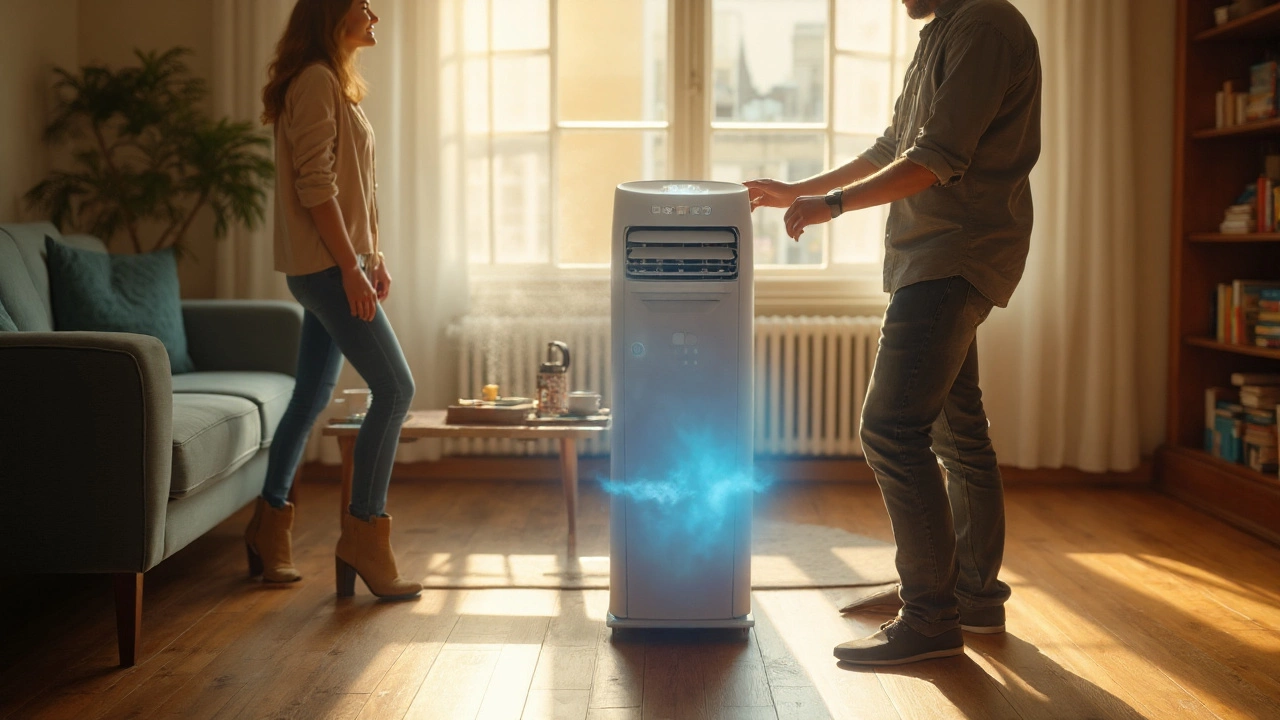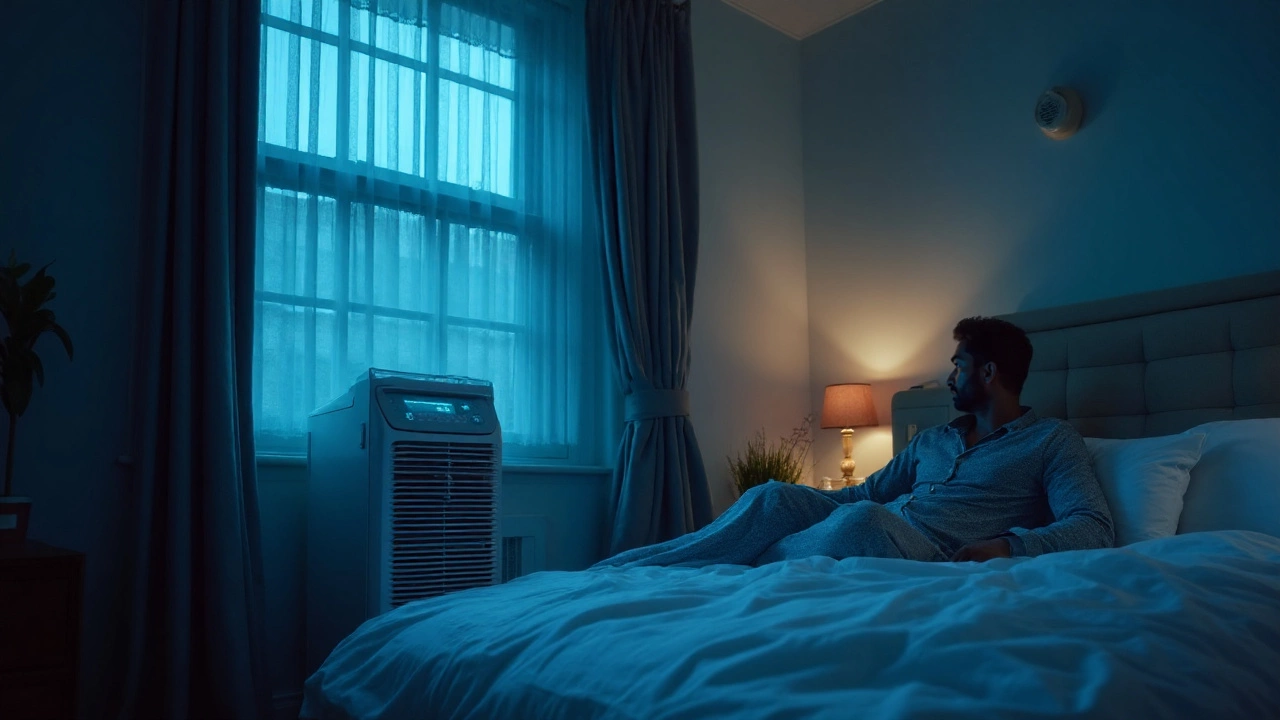If you’ve been scrolling Bargain Hub this month, you’ve probably seen three posts that tackle everyday gadget questions. One dives into how low a portable air conditioner can actually chill a room, another looks at the safety and cost of leaving that AC on all day, and the third shares hard‑won lessons before buying an air fryer. Let’s break down the key takeaways so you can make smarter choices right now.
First up, we asked the big question: can a portable AC turn a sweltering bedroom into a crisp sanctuary? The short answer is yes, but only within limits set by BTU rating, room size, and efficiency. A 10,000‑BTU unit can lower the temperature by about 10‑12°F in a 300‑square‑foot space if the door stays closed and the filter is clean. Bigger rooms need more BTUs, and any extra heat source—like a sunny window—will shave off a few degrees. The post also gave three quick hacks: use a reflective window film, place the exhaust hose as short as possible, and keep doors closed to trap the cool air.
Next, many readers wondered whether leaving a portable AC on around the clock kills the unit or spikes the electric bill. The verdict: it’s safe as long as you follow a few simple rules. First, check the power cord for wear and make sure it’s plugged into a dedicated circuit. Second, set the thermostat a few degrees higher at night to avoid over‑cooling. Third, clean the filter weekly—dust buildup forces the compressor to work harder and shortens lifespan. The cost math in the article showed that running a 1,500‑watt unit nonstop adds roughly £30‑£40 to a monthly bill, depending on your tariff.
Both AC articles stress the importance of regular maintenance. A clogged filter not only reduces cooling power but also drives up energy usage. If you notice the unit humming louder than usual, it’s time to inspect the fan blades and clean the exhaust hose. Simple upkeep can add years to the life of a portable AC and keep your home comfortable without surprise breakdowns.
Switching gears, the air fryer guide tackles a different kind of kitchen upgrade. After testing several models, the author learned that size matters more than brand name. A 3‑liter fryer fits most families, but a 5‑liter unit is better for movie‑night snacks. Noise level is another surprise factor—some models sound like a blender at full speed, while others run whisper‑quiet. The post also points out that true energy savings show up only when you compare cooking time versus a conventional oven; an air fryer can shave 20‑30 minutes off a roast, meaning lower electricity use.
Cleaning an air fryer is often glossed over, yet it’s where many users get frustrated. The guide recommends a two‑step approach: soak the basket in warm, soapy water for five minutes, then scrub with a non‑abrasive sponge. For stubborn grease, a sprinkle of baking soda works like a charm. The author even includes a quick‑fix cheat sheet that lists the best accessories—like silicone liners and reusable parchment sheets—to make cleanup almost painless.
Putting it all together, September’s posts give you a practical roadmap for two popular home upgrades. Whether you’re battling a heatwave with a portable AC or looking to speed up meals with an air fryer, the key is to match the device to your space, maintain it regularly, and keep an eye on energy use. These tips can help you save money, avoid headaches, and get the most out of your gadgets.
Ready to upgrade? Browse Bargain Hub’s current deals on portable air conditioners and air fryers, and apply the advice above before you hit checkout. A little research now means fewer returns, lower bills, and a happier home later.

Discover the real limits of a portable air conditioner, how BTU, room size, and efficiency affect temperature drop, and tips to maximize cooling performance.

Is it OK to run a portable AC nonstop? Get a straight answer on safety, energy costs, and lifespan-plus setup tips, cost math, and troubleshooting that actually helps.

What I learned the hard way before buying an air fryer: size, features, noise, energy costs, cleaning, and real cook times-plus a cheat sheet and fixes.